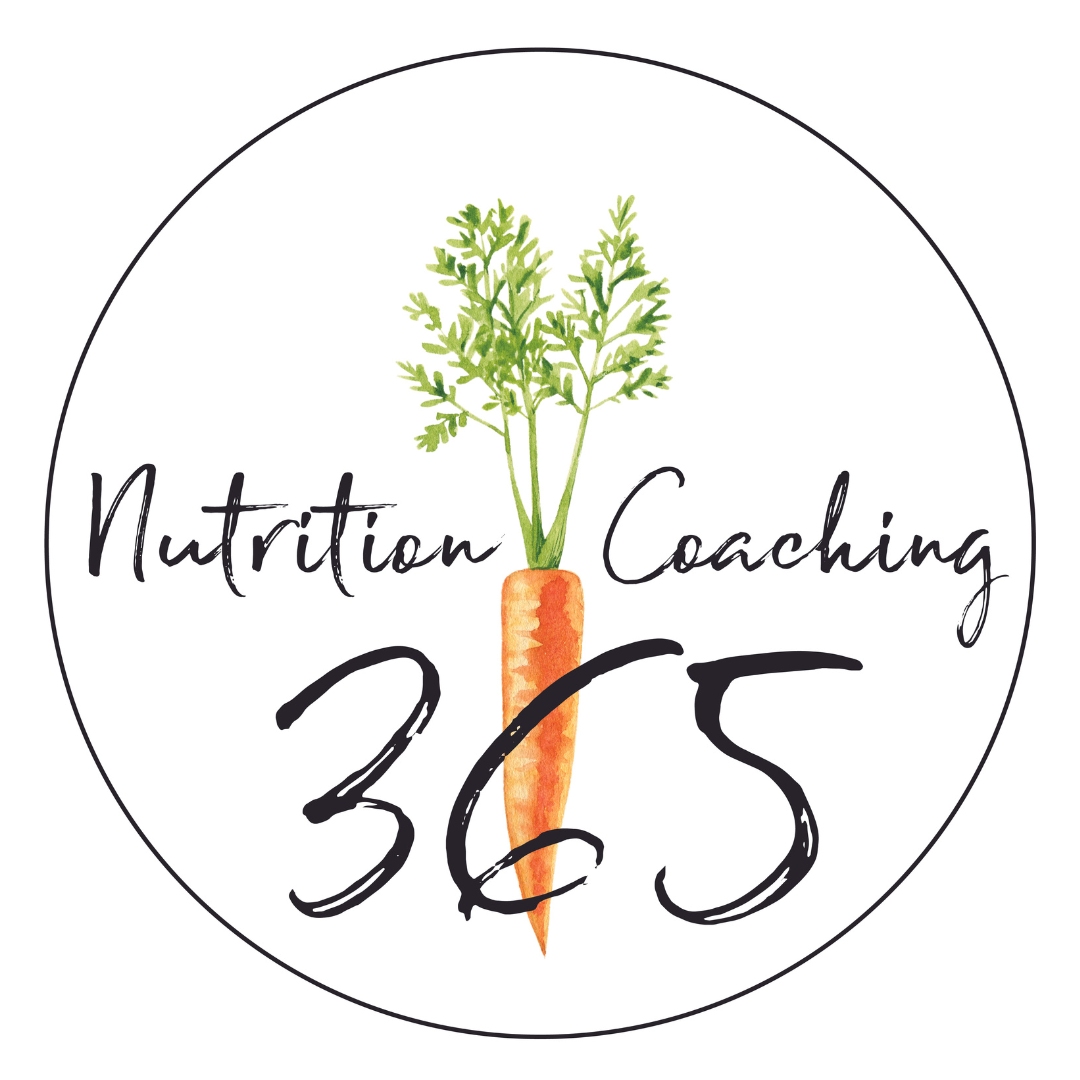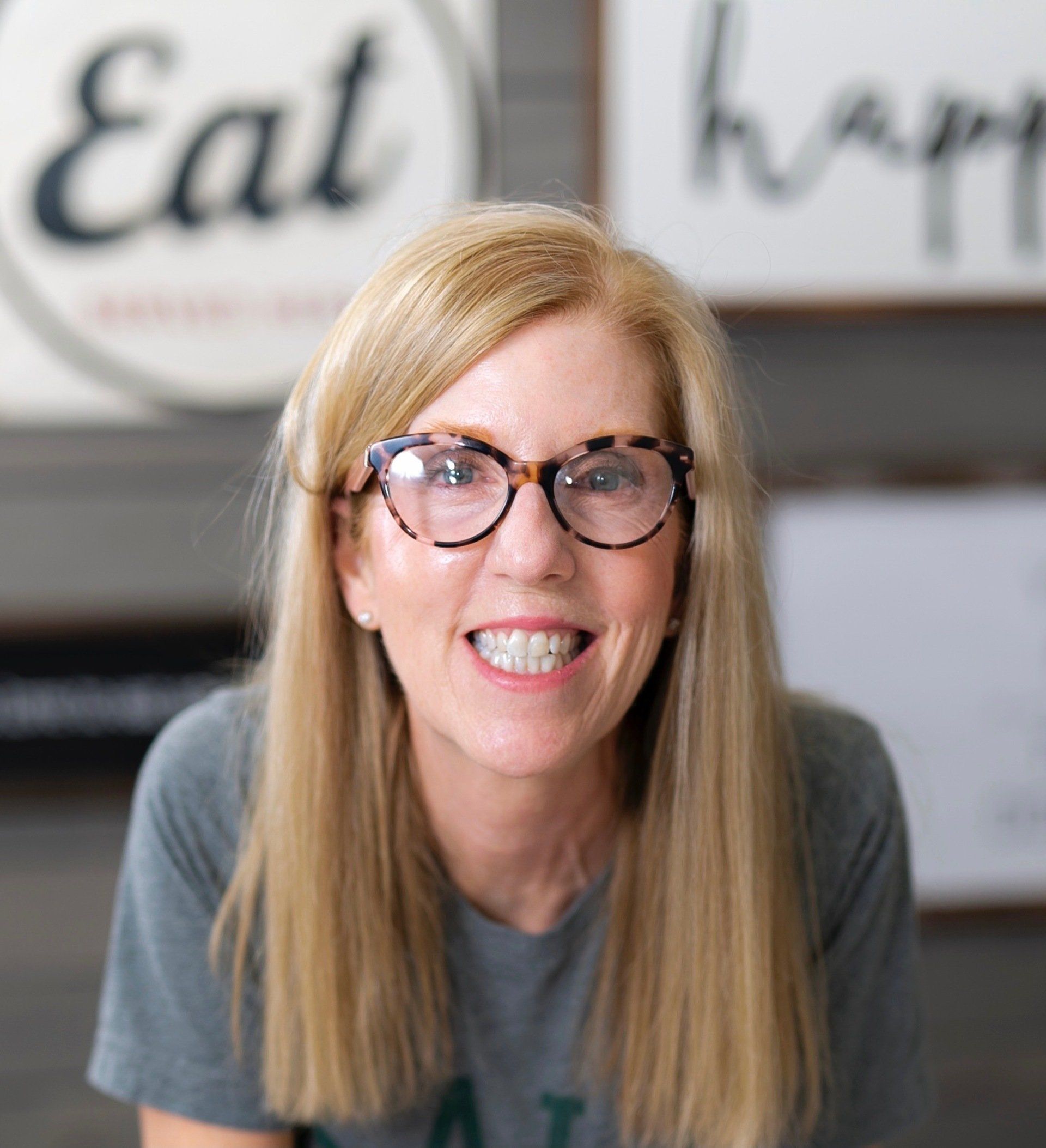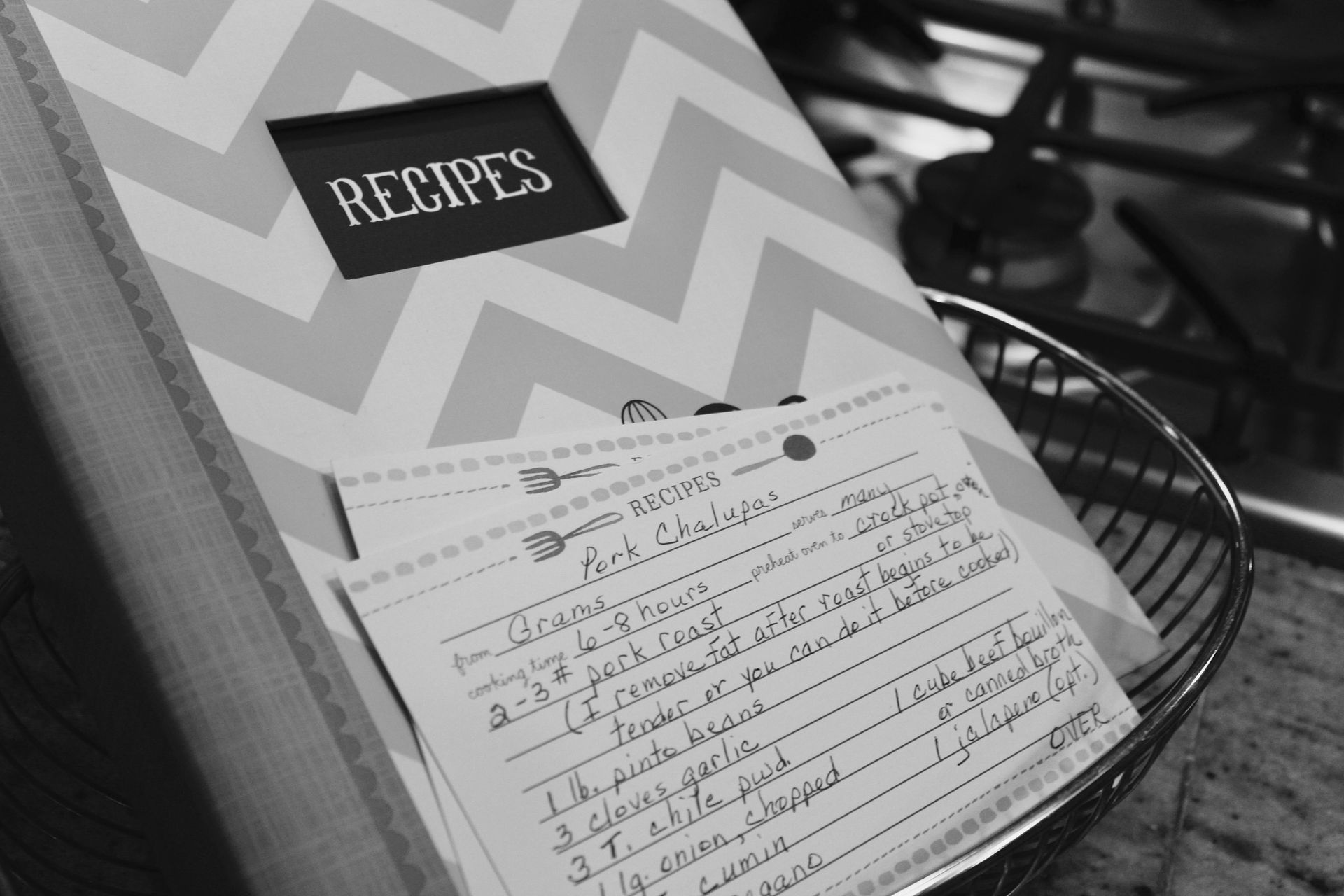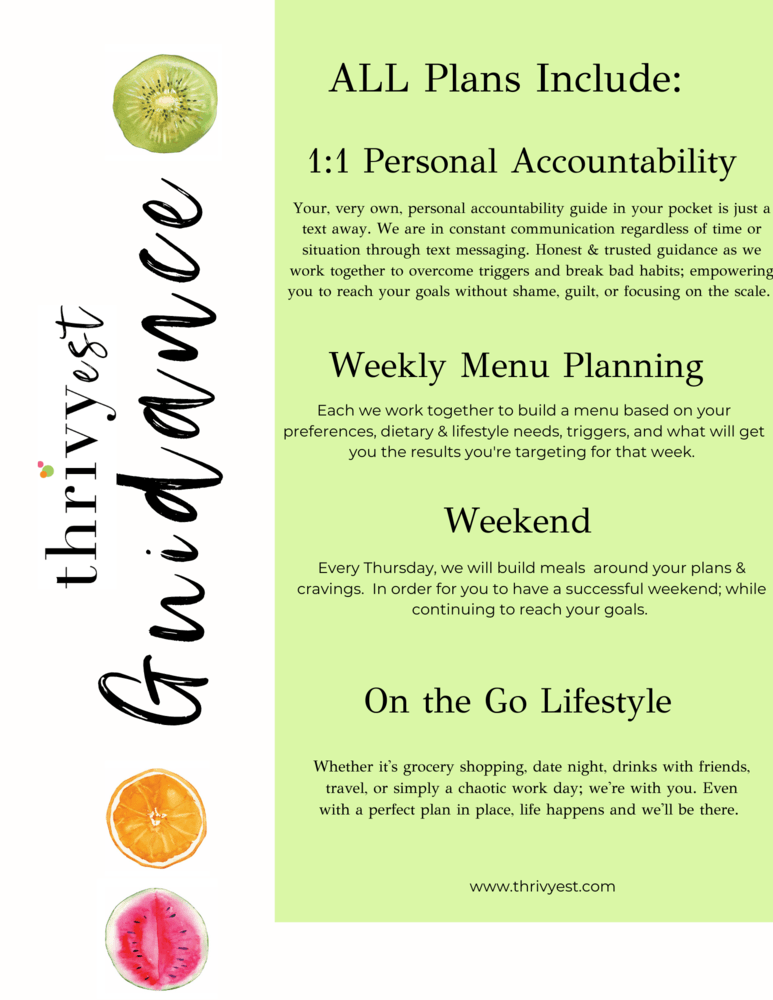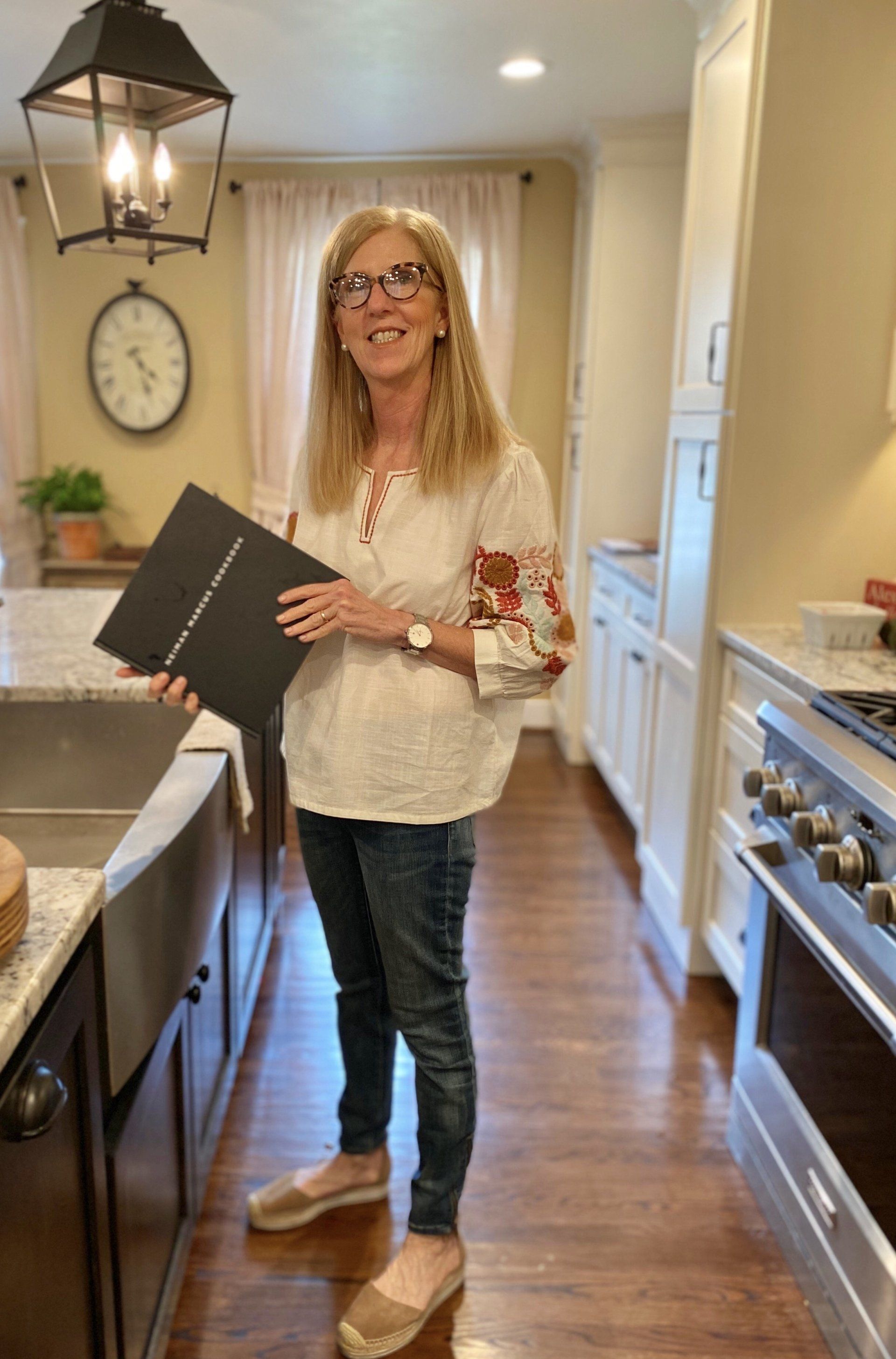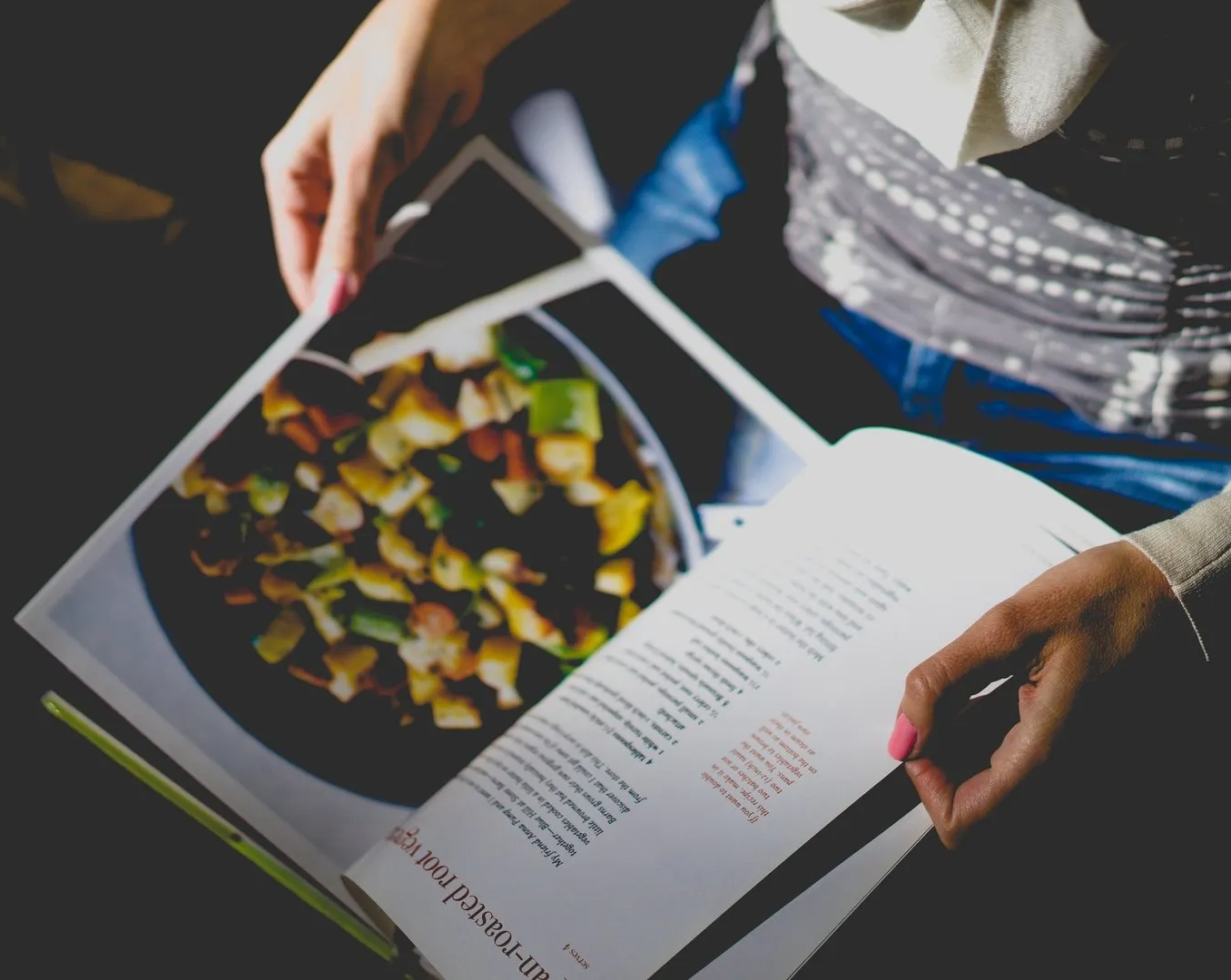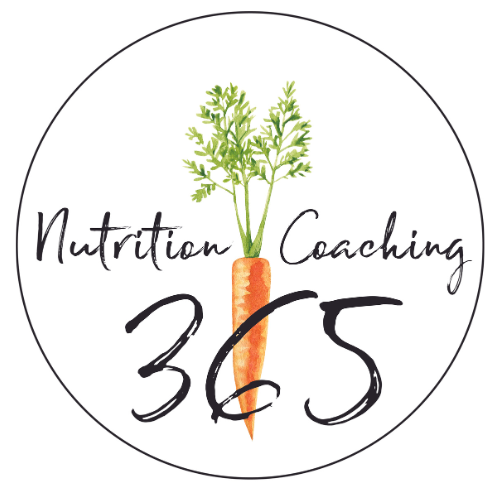Debunking Calorie Myths: Eating Right for Your Age
Why "Eat Less, Move More" Stops Working (And What to Do Instead)
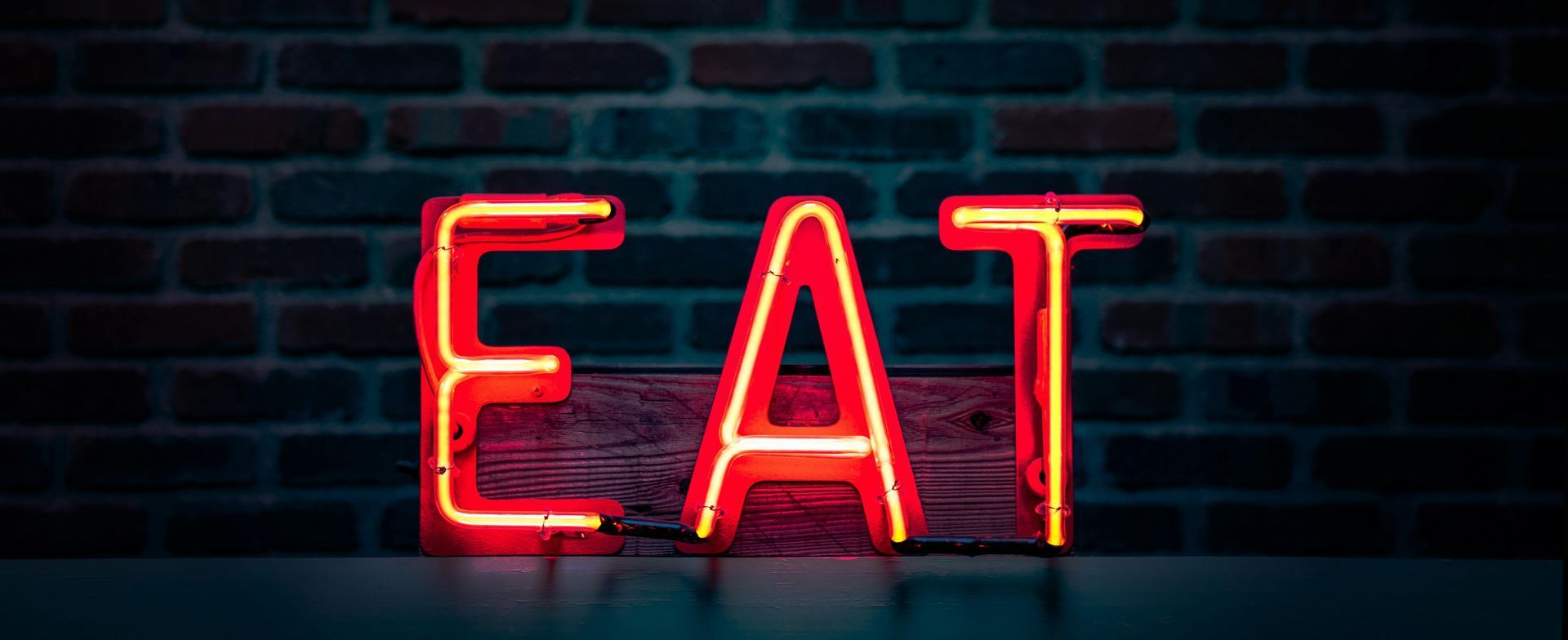
If you’re doing everything “right” but still gaining weight… Read this.
You’ve been eating the same way for years—maybe even decades. You cut back on portions, swap soda for water, and add more salads to your meals. You try to “eat clean” and hit the gym a few times a week.
But the weight? It’s still creeping up.
You start questioning everything:
- Am I eating too much?
- Do I need to exercise more?
- Is my metabolism broken?!
The truth is, your caloric needs change as you age. What worked in your 20s and 30s won’t cut it in your 40s, 50s, or beyond. But the biggest problem? Most calorie advice out there is outdated, misleading, or just plain wrong.
Let’s cut through the BS, debunk these myths, and I’ll show you exactly how to adjust your nutrition for your age, metabolism, and goals.
Calorie Myth #1: “If I Eat the Same Way I Always Have, I’ll Maintain My Weight”
Reality Check: Your body changes. Your metabolism slows. Your muscle mass declines. If you’re eating the same way you did 10 or 20 years ago, you’re probably eating too much for your current metabolic needs.
🔬 Science-Backed Fact: Your basal metabolic rate (BMR)—aka, the calories your body burns at rest—declines by 1-2% per decade after 20 (¹). If you don’t adjust your intake, extra calories will get stored as fat.
What to Do Instead:
✅ Track Your Baseline – Use a TDEE calculator (Total Daily Energy Expenditure) to estimate your new calorie needs. (Use this tool)
✅ Strength Train – Losing muscle slows your metabolism. Lifting weights 2-3x per week helps maintain muscle, keeping your metabolism higher.
✅ Adjust Portions – A portion size that worked in your 30s might be too much in your 50s. If your weight is creeping up, cut portions slightly before slashing entire food groups.
Calorie Myth #2: “The Lower the Calories, the Faster I Lose Weight”
Reality Check: Drastically cutting calories kills your metabolism. When you eat too little, your body panics, slows metabolism, and starts breaking down muscle for fuel instead of fat.
🔬 Science-Backed Fact: Studies show crash dieting can reduce metabolism by up to 25% and cause muscle loss (²). This means you burn fewer calories over time, making weight loss even harder.
What to Do Instead:
✅ Create a Sustainable Deficit – Aim for a 300-500 calorie deficit daily, NOT 1,000+. Losing 0.5-1 lb per week is sustainable AND spares muscle.
✅ Prioritize Protein – More protein = muscle retention + fat loss.
- Best options: Chicken, fish (Wild Planet Tuna), Greek yogurt (FAGE), eggs, tofu, and lean beef.
- Target: 0.8-1g of protein per pound of body weight.
✅ Fuel Your Workouts – Carbs are NOT the enemy (but the right ones matter).
- Best pre/post-workout carbs: Sweet potatoes, quinoa, oatmeal, berries.
- Avoid ultra-processed carbs: Pastries, white bread, sugary cereals.
Calorie Myth #3: “All Calories Are the Same”
Reality Check: 200 calories of Oreos do not affect your body the same way as 200 calories of salmon. What you eat matters just as much as how much you eat.
🔬 Science-Backed Fact: Protein-rich foods boost metabolism, while processed foods cause insulin spikes and cravings (³).
What to Do Instead:
✅ Focus on Nutrient-Dense Foods –
- Protein: Chicken, eggs, cottage cheese, tofu, wild-caught fish.
- Fiber-Rich Carbs: Brown rice, quinoa, berries, sweet potatoes.
- Healthy Fats: Avocados, olive oil, nuts (in moderation!).
✅ Limit Ultra-Processed Foods –
- Worst offenders: Sugary drinks, white bread, packaged snacks.
- Better swaps: Sparkling water (LaCroix) instead of soda, whole grain instead of white bread.
Final Takeaways: How to Eat for Your Age & Metabolism
🔥 If you’re 40+ and struggling with weight loss, here’s what actually works:
✔
Recalculate your calorie needs – You’re NOT burning the same as you were 20 years ago.
✔
Ditch extreme calorie cutting – A slight deficit preserves muscle AND burns fat.
✔
Eat more protein – It
boosts metabolism and prevents muscle loss.
✔
Strength train – It
keeps your metabolism from tanking.
✔
Choose whole, nutrient-dense foods – Quality matters just as much as quantity.
Are you ready to stop spinning your wheels and finally see results?
I help people just like you lose fat, not muscle with a science-backed, customized approach that WORKS.
💡 Get expert coaching that fits your lifestyle and metabolism. Book your free consultation today!
📩 [click here to apply]
Scientific Sources & Backlinks
[¹]
Basal Metabolic Rate Declines With Age
[²]
Protein Intake for Muscle Maintenance During Energy Deficit
[³]
Impact of Ultra-Processed Foods on Metabolism
YOU ARE CAPABLE OF LIVING YOUR HEALTHIEST & HAPPIEST LIFE.
If you’re looking to create healthy habits to gain more energy, improve your sleep + shed a few pounds, you’ve landed in the right place.
Recent Posts
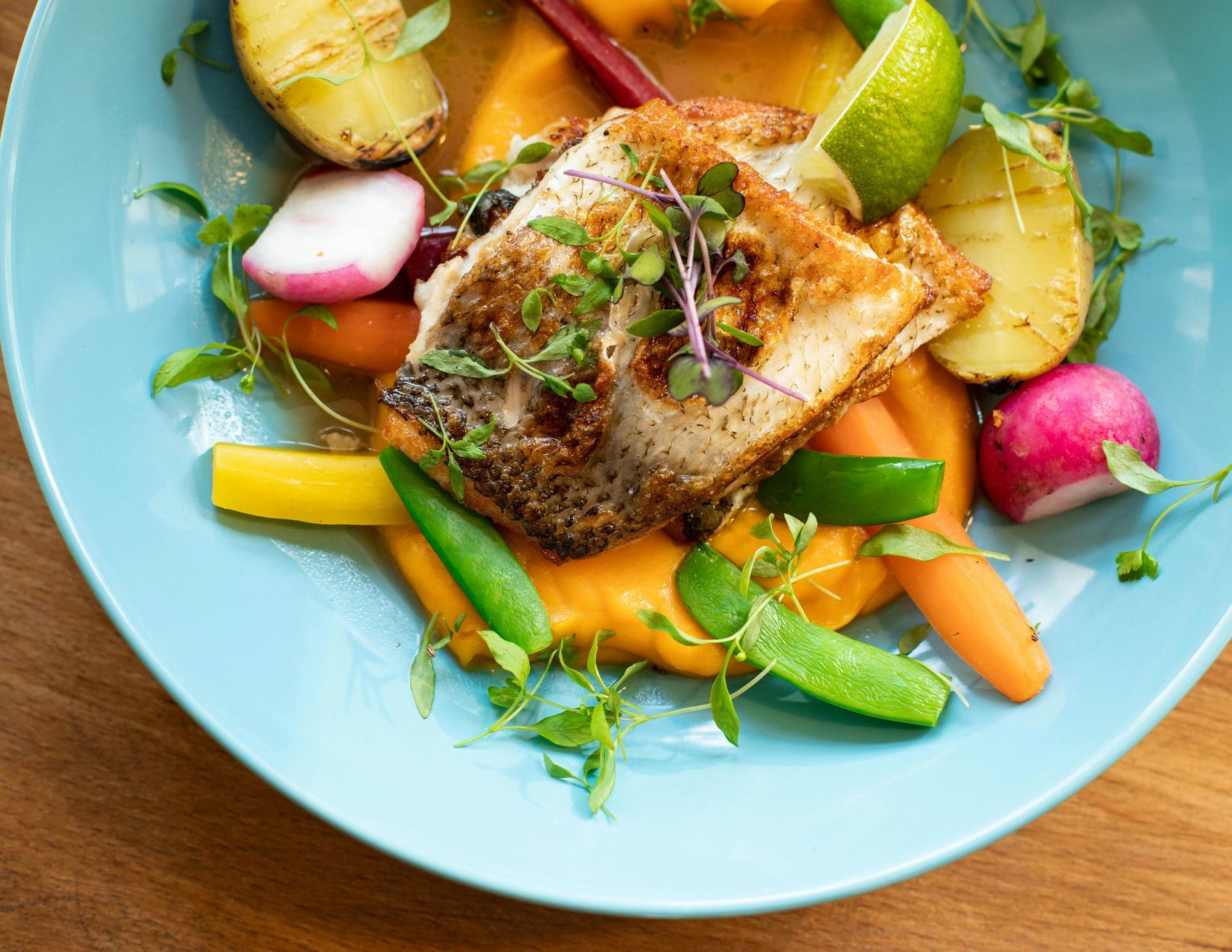
Meet Emily
I love encouraging + inspiring others to reach their healthiest lives through food, fitness + gratitude. As a holistic nutritionist + the founder of Thrivyest, I am passionate about creating habits to help you to live longer + thrive. To thrive in body, mind + soul through personalized, simple + practical steps ensuring you gain more energy, clarity + confidence! Let's connect!
